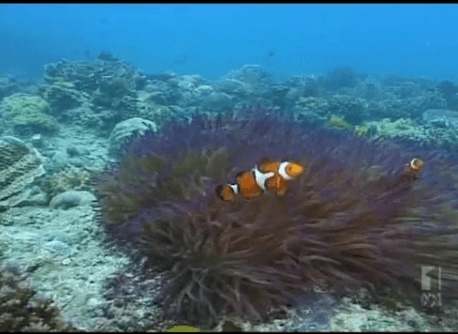VIDEO: Cryogenics may be the key to saving Australia’s Great Barrier Reef
Australia’s Great Barrier Reef could get a boost from cryogenics. (Photo from ABCau video.)
Scientists may have come up with a way to preserve the Great Barrier Reef.
For decades, they’ve worried that one of Australia’s great national treasures would be undone by pollution and other man-made influence. But now, they’re hoping cryogencis will help put the reef back on solid footing.
“If we were to use it right now, we have the ability to take the sperm, thaw it out, re-animate it and fertilize eggs and create sexually produced coral,” said Mary Hagedom, a scientist from the Smithsonian Institute.
The process involves freezing eggs and sperm separately. Scientists are trying to prioritize which species to freeze first.
“It depends on a lot of factors, including whether a species lends itself to freezing. Some species survive the freezing process better than others,” said Madeline van Oppen, a scientist at the Australian Institute of Marine Science.
Researchers are also trying to engineer a sort of super-coral that will be able to better survive rising sea temperatures. That lab produced coral could then be used to repair damaged parts of coral reefs.
